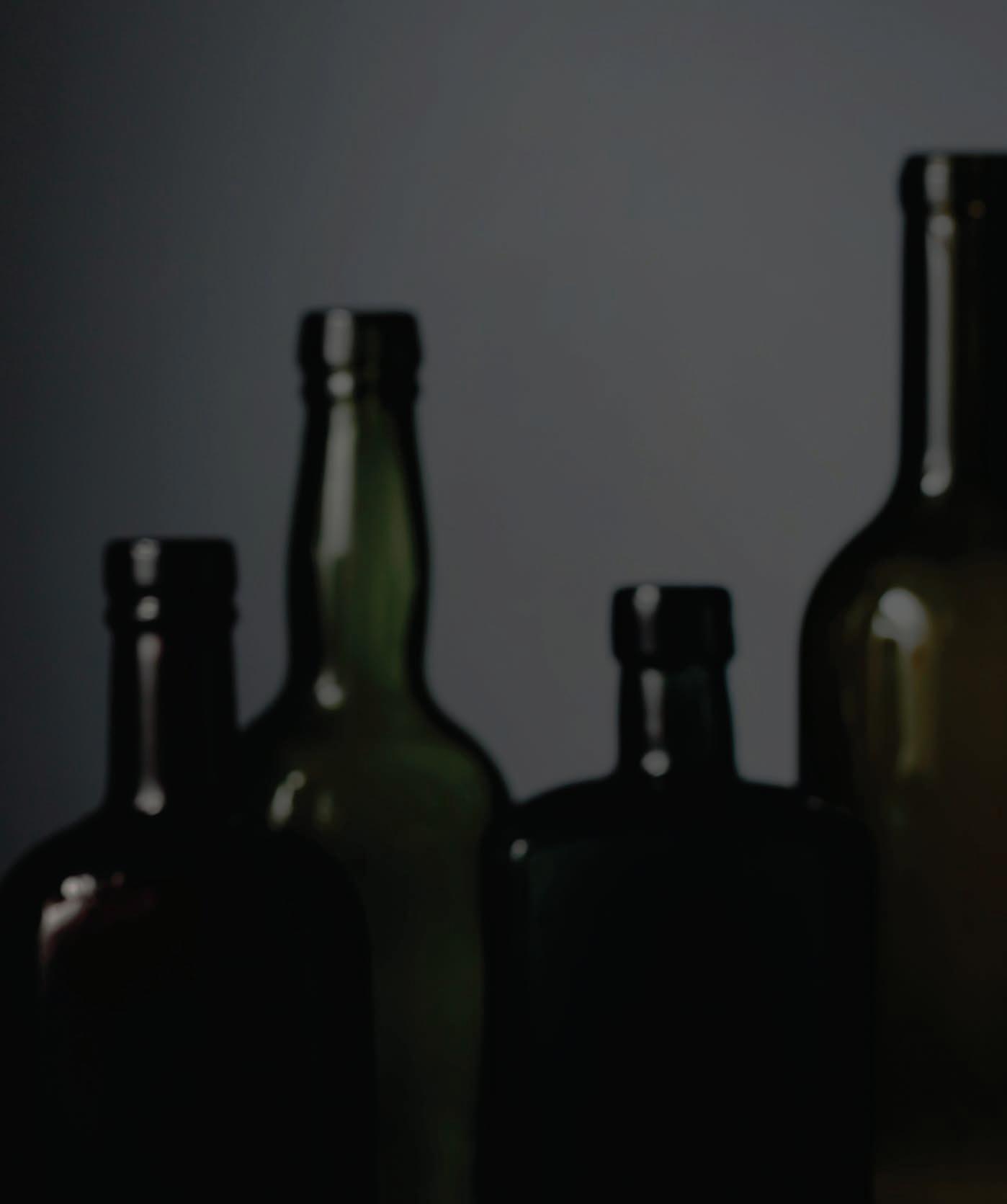
4 minute read
Change Your Life with a Glass of Sherry
BY GAETANO MARANGELLI
Every day offers you chances to change your life with new ways to experience the world, to expand your consciousness, to alter your perceptions.
Just about all the wine made in the world comes from a single species of grapes called Vitis vinifera. We identify the grapes of the species as the best grapes for wine. Vitis vinifera offers us more than 10,000 varieties of grapes, giving us more than 10,000 ways to drink quality wine. And yet, most of the wine we drink consists of just a few Vitis vinifera grape varieties. For reds, it’s merlot, cabernet sauvignon, pinot noir and zinfandel. For whites, it’s moscato, chardonnay, riesling, pinot grigio and sauvignon blanc. Every day, we reduce our chances to drink quality wine from upwards of 10,000 grape varieties all the way down to nine.
The grape variety called palomino made in the style called sherry offers you a chance to experience wine differently, to expand your wine palate, and to alter your ideas about wine. A glass of sherry asks you to savor its style, which may be light and dry, as well as rich and round. A glass of sherry asks you to sip it in three-ounce servings and with any kind of food. A glass of sherry may even ask you to change your life.
AN ABRIDGED GUIDE TO SHERRY
The name Sherry is Anglicized from the name of a city in the province of Cádiz in the region of Andalusia in the south of Spain. The principal grape variety of Jerez is palomino, which thrives on the region’s chalky, limestoney albariza soils.
Jerez ferments and ages its wine in warehouses called bodegas. If a barrel of fermented palomino juice is light and delicate, bodegas classify the wine for the biologically aged style called Fino. If the barrel of wine is rich and heavy, bodegas classify it for the oxidatively-aged style called Oloroso.
FINO AND MANZANILLA: BIOLOGICALLY AGED SHERRY
After bodegas designate a wine for the Fino style, they lightly fortify it with grape spirits to an alcohol strength of about 15%, which is ideal for the growth of a yeast called flor. Flor caps Finos in their barrels, which prevents air from oxidizing the wine.
Bodegas blend new Finos with Finos of older vintages. The practice of blending fractions of Sherry from various vintages— a system the Spanish call solera—creates a reliability of quality and style. Bodegas age Finos in soleras for three to five years, then bottle the wine.
The qualities of a Fino’s flor dictate the wine’s character. Because the seaside town of Sanlucar de Barrameda has a cooler climate than Jerez de la Frontera, the flor of its soleras are active every month of the year. The way Sanlucar flor behaves yields its Finos a more delicate texture and saltier tang than the Finos of Jerez. It also designates Fino from Sanlucar with the distinctive name of Manzanilla.
Finos and Manzanillas are light, dry, yeasty and nutty. They’re ideal as apéritifs. It’s best to drink them cool, not cold, and with tapas, olives, almonds or young mild cheeses.

OLOROSO: OXIDATIVELY-AGED SHERRY
After bodegas designate a barrel of fermented palomino juice for the Oloroso style, they fortify the wine with grape spirits to an alcohol strength of 18%, which prevents the growth of flor. Bodegas blend and age Olorosos in soleras for a minimum of two years. Because bodegas oxidize an Oloroso from the beginning of its life, the wine has a russet color, a full body and robust aromas and flavors. Serve Olorosos slightly cool, with entrées or mature rich cheeses.
AMONTILLADO AND PALO CORTADO: BIOLOGICALLY- AND OXIDATIVELY-AGED SHERRY
An Amontillado is a sherry which begins its life as a Fino or Manzanilla, but which bodegas age in its barrel until its flor dies away. As soon as the flor breaks apart and sinks to the bottom of the barrel, the wine begins oxidizing, which begins its life as an Amontillado. Bodegas then blend and age the Amontillado in a solera for a minimum of three years. An Amontillado is dry and rich, with nutty aromas and flavors imparted to the wine from its oxidative aging. Serve the wine slightly cool, with appetizers, light entrées or ripe cheeses like Parmigiano Reggiano.
Palo Cortado is a rare style of sherry which begins its life as a Fino, but which—spontaneously and not by the design of its bodega—fails to sustain its flor. Because of its exposure to oxygen, the wine ages as if it were an Oloroso. The aromas and flavors of Palo Cortado are akin to those of Amontillado, but its palate has the full body of an Oloroso. It’s best to drink Palo Cortado slightly cool, with spicy curry or high percentage cacao chocolate.
Gaetano Marangelli is a sommelier and playwright. He was the managing director of a wine import and distribution company in New York and beverage director for restaurants and retailers in New York and Chicago before moving to Wauwatosa.











